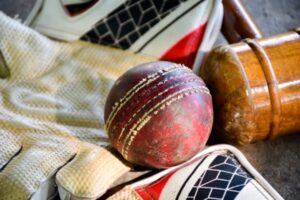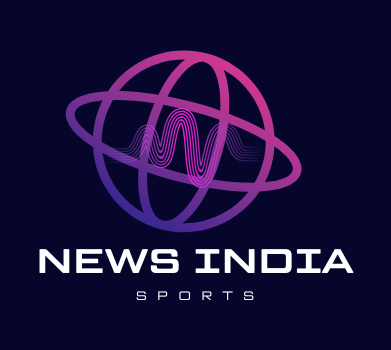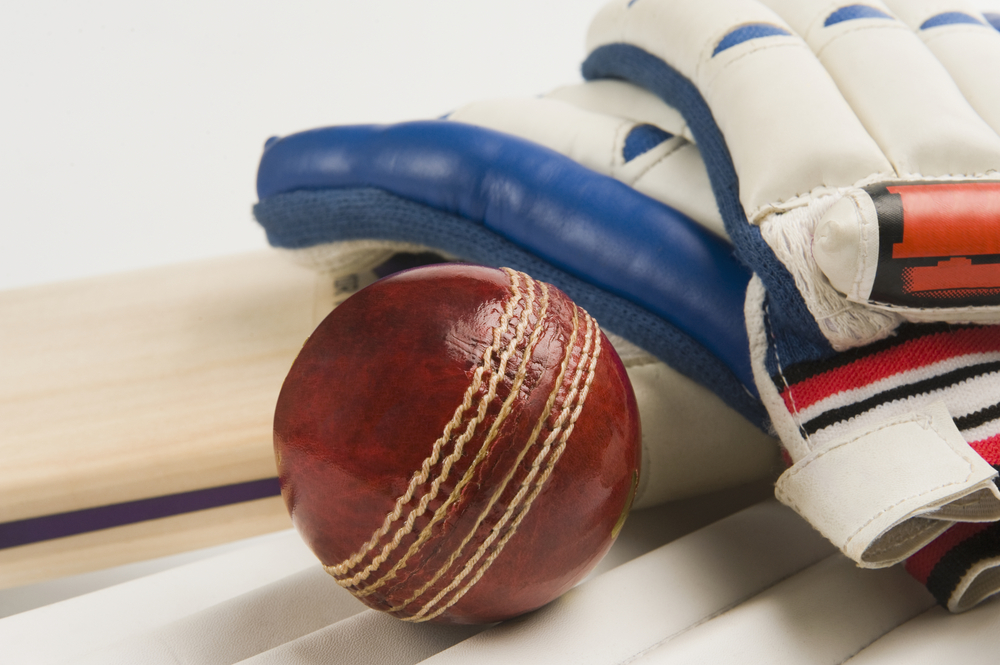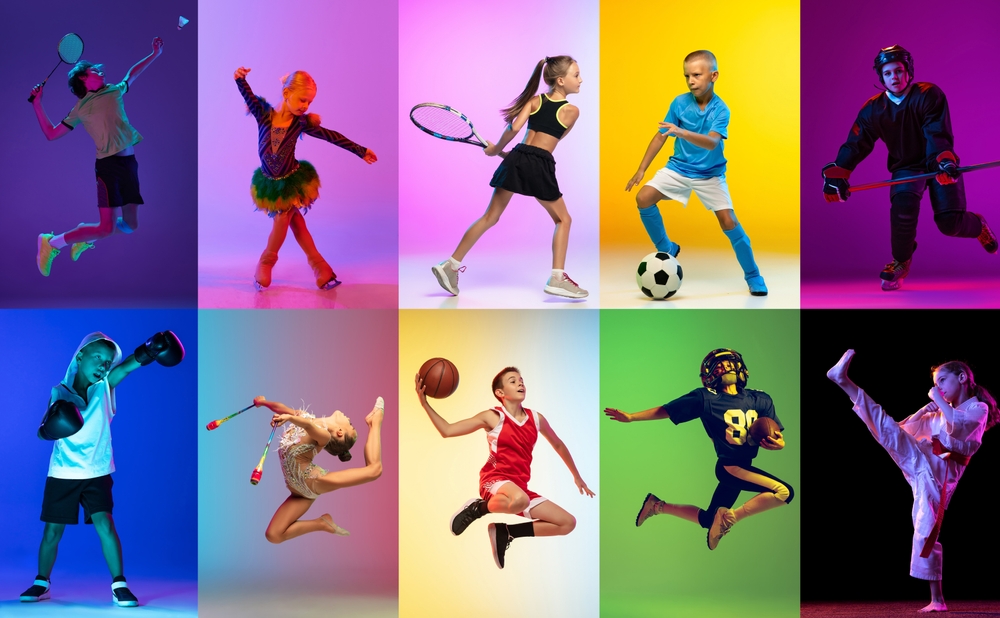Introduction
Start by stating the main point: “Harmonicode Sports is transforming how athletes train.”
It describes the act of merging wearable tech, harmonic or biomechanical data, and AI analytics.
Tease the goodies: good form, quicker recovery, injury prevention, better performance!

1. What Is Harmonicode Sports?
Define it clearly:
- It fuses harmonic physics (frequency, resonance), biomechanics, and AI.
- It treats movement like rhythm and helps muscle‑joint harmony.
Explain the term:
- “Harmonic” refers to rhythmic motion.
- “Code” refers to data, sensors, AI.
2. The Science Behind It
2.1 Harmonic Physics
- Athletes move at natural frequencies.
- Matching frequency/oscillation boosts efficiency and cuts waste.
2.2 Biomechanics
- It studies how bones and muscles move.
- Combined with rhythm data, it spots misalignment, injury risk.
3. Technology Stack
Wearables & Sensors
- Smartwatches, motion trackers, force plates capture motion, rhythm, strain.
AI & Analytics
- Real‑time AI spots pattern deviations.
- Coaches use that feedback live or after sessions.
Feedback Tools
- AR glasses, haptic gear, voice prompts guide form on the go.
4. Core Benefits
4.1 Boosted Performance
Harmonic motion brings efficiency, letting athletes go harder with less effort .
4.2 Fewer Injuries
Detects misalignment trends and stops injuries before they happen.
4.3 Personalized Training
Programs adapt automatically based on individual rhythm and form .
4.4 Faster Rehab
Resonance data monitors recovery and warns if progress stalls .
5. Real‑World Applications
Team Sports
- In soccer and basketball, it aligns group movement patterns.
- Teams report fewer muscle injuries using harmonic data.
Individual Sports
- Runners optimize stride frequency and cadence.
- Swimmers align stroke rhythm with water dynamics.
Rehab & Recovery
- Therapists leverage rhythm data to restore balance post‑injury.
Esports & Reaction Sports
- Some platforms apply it to measure reflex timing and cognitive‑motor links.
6. How to Start with Harmonicode Sports
Step 1: Assess
Using sensors and wearable devices, the collection of baseline data should take place.
Step 2: Analyze
Use AI to create an individual harmonic profile.
Step 3: Train
Give drills tuned to body rhythm.
Step 4: Monitor
Track improvements, tweak drills, add recovery tools.
Step 5: Iterate
Repeat the cycle to refine performance.
7. The Future of Harmonicode Sports
- AR/VR training with real‑time rhythm overlay.
- Global rhythm databases to benchmark athletes worldwide.
- Mind‑body integration, including cognitive and stress metrics.
- Voice‑guided coaching using rhythm cues.
8. FAQs
- Is it only for pro athletes?
No—even hobbyists can use basic wearables. - What gear do I need?
Start with a smartwatch or basic motion sensor; add devices as needed. - How does it prevent injury?
It spots inefficient/resonance‑off motion before it becomes strain . - Can teams use it?
Yes—coaches monitor group rhythm and sync. Teams see injury drop. - How is it different from normal sports science?
It adds a harmonic/rhythmic layer to biomechanical analysis.
9. Summary and Call to Action
Summarize how Harmonicode Sports merges data, rhythm, AI, and biomechanics.
Encourage readers—athlete, coach, or trainer—to explore wearable‑based harmonic training.
Invite them to try a basic setup and track their own harmonic progress.



